How to Care for your Conservatory Furniture
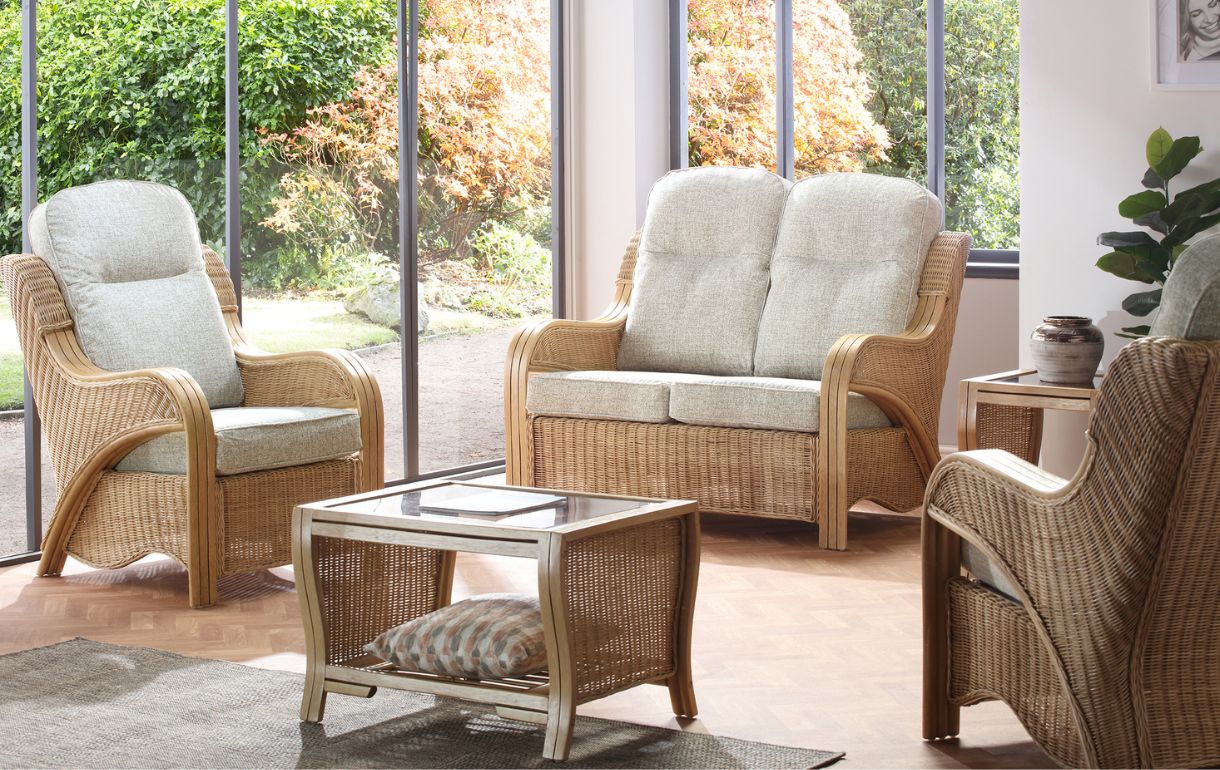
Why is it important to care for conservatory furniture?
Regular maintenance of your cane furniture will prolong its life and help keep it looking good. It’s important to check regularly for food and drink spills, particularly if you use your conservatory throughout the year. Also, if your conservatory is prone to damp and condensation, then keep an eye out for mould.
We sell a lot of high-quality cane conservatory furniture. Over the years we’ve gathered many tips on how to care for your cane furniture from the best brands in the business. In this blog, we share those tips so you can get the maximum out of your investment.
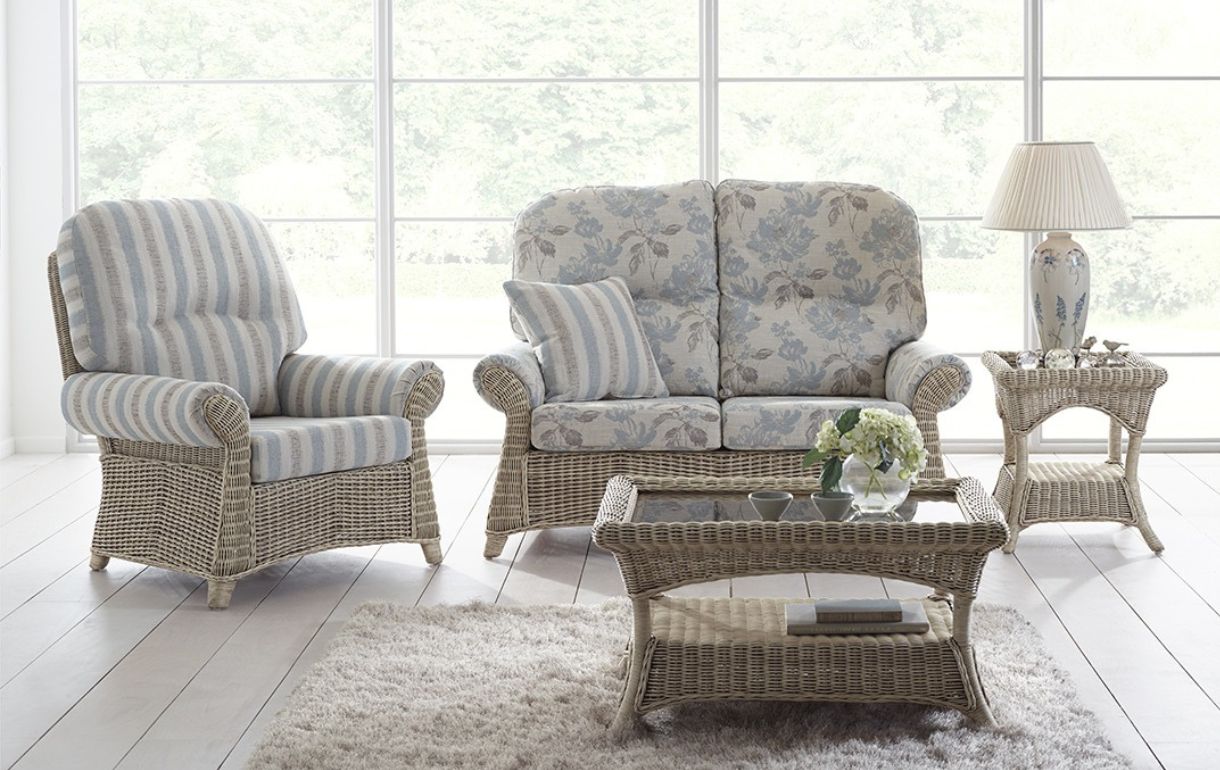
What's the best way to clean cane conservatory furniture?
Here are 8 quick and easy tips for caring for your cane furniture:
1. Protect from direct sunlight: keep your cane furniture out of direct sunlight. This will reduce the chances of it fading and becoming brittle from drying out.
2. Dust regularly: use a soft, dry cloth to prevent dirt and dust from building up.
3. Clean with a soft, damp cloth: if the cane becomes dirty or stained, clean it using a soft, damp cloth and mild detergent. (Do not use harsh cleaning chemicals or abrasive tools, as these can damage your furniture.)
4. Dry thoroughly: after cleaning, dry your furniture with a soft cloth to help prevent mould and mildew from forming. Letting your furniture dry naturally in the warm sun is a good idea too.
5. Keep heavy items off your cane furniture: this will protect it from breaking and distorting.
6. Repair minor damage: repair small cracks or breaks in the cane as soon as possible using cane repair kits available in DIY stores online.
7. Condition the cane: use oil or wax to nourish the cane. This will keep it supple and restore its natural shine (see more below).
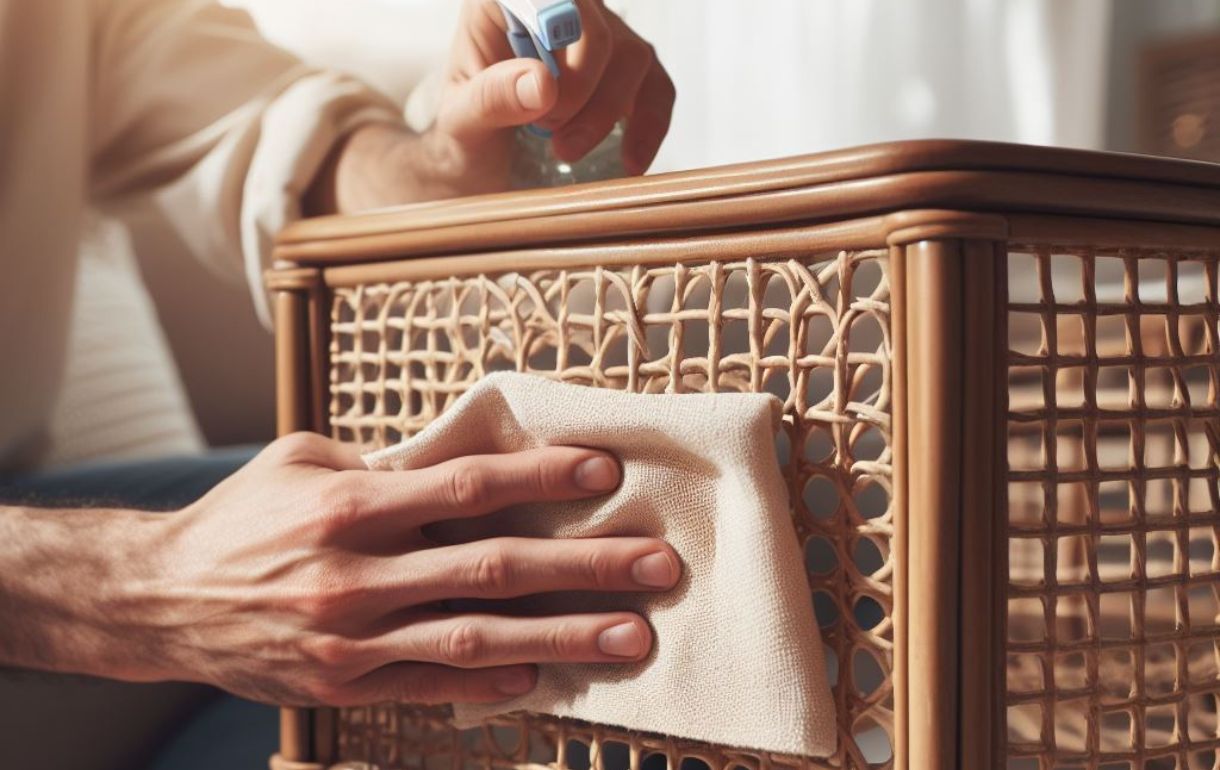
Does cane furniture get mouldy?
Cane furniture can get mouldy if your conservatory is damp. Storing it in a dry place, or where the air can circulate, is the best way to prevent mould and mildew. Alternatively, use protective covers to limit mould build-up but do check from time to time. You can remove light mould using the same mild detergent process mentioned above. We’ve also heard of people using equal parts of bleach and water to remove mould. However, bleach could also ruin any surface treatment or ‘wash’ the manufacturer has applied to your furniture. Therefore, apply any bleach solution carefully, having tested it out on a small area first. Once you’re finished cleaning your furniture, move into direct sunlight to help it dry as quickly and naturally as possible. Finally, use linseed oil to moisturise the furniture (see below).
How do you moisturise cane furniture?
The rattan conservatory furniture we sell is unlikely to need moisturising so long as you look after it as indicated above. In cases of very dry cane furniture, you can use boiled linseed oil as a moisturiser. Remove the cushions first then, pour a small amount of oil on a soft cloth taking care not to soak the furniture. Gently wipe the oil all over the cane. Allow the cane to dry for at least 48 hours before you put the cushions back and start to use it again.
How do you bring cane furniture back to life?
Caring for your cane furniture, as indicated above, will keep it looking good for years. You can always replace the cushions and add a throw if you want to restyle your space.
Can you paint cane conservatory furniture?
Yes, you can paint cane furniture. Oil-based paint is best as it sticks to the cane and lasts a long time. It also provides good coverage and flexes with the chair. Here are the basic steps to follow:
1. Make sure the furniture is thoroughly dry.
2. Brush the furniture gently with a soft wire brush to remove any loose fragments.
3. Sand it down gently to create a better surface to which the paint can adhere.
4. Give the furniture a final brush to remove any dust.
5. Apply two thin coats of undercoat (to the underside first), and allow it to dry thoroughly between coats.
6. Apply two thin coats of top coat (again, start with the underside), allowing it to dry between the two coats.
As you can see, there are a number of steps involved. So, if your furniture is old, it might be better to think about replacing it.
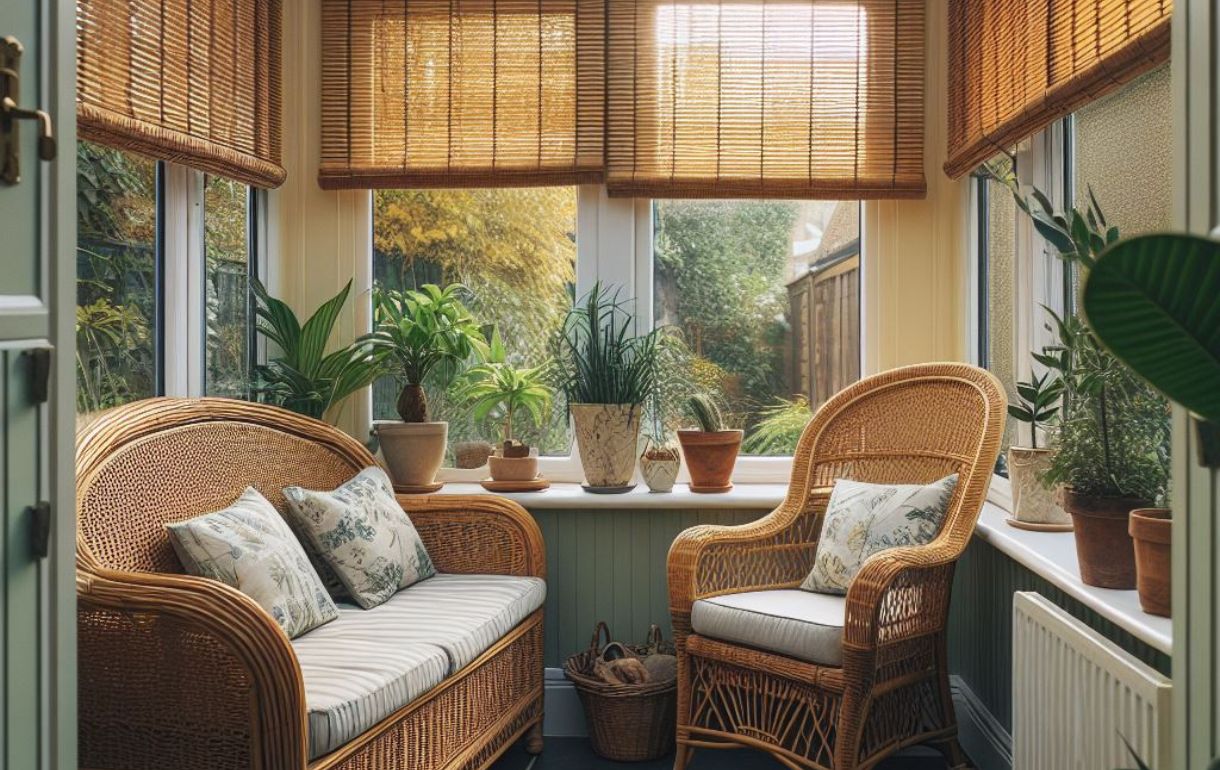
How to look after your conservatory cushions
There are several ways that you can keep your conservatory sofas and chair cushions looking good year after year. First, here are a couple of tricks that will reduce fading over time:
1. Draw your blinds or curtains when you aren’t using the conservatory to reduce exposure to the sun and UV rays.
2. Flip the cushions over to even out any fading.
If you have a favourite chair or spot on the sofa, swop the cushions over from time-to-time to even up the wear. Finally, here are some tips for cleaning your cushions:
How to clean conservatory furniture cushions
Check the cushion manufacturer’s instructions first, before undertaking any cleaning. They’re likely to be either machine washable or dry clean only. If they’re machine-washable, simply follow the instructions on the label to make sure you use the right detergent and temperature.
If your conservatory cushions are dry-clean only, we always advise customers to check regularly for dirt build-up. If you brush and wipe away food and drink spills quickly enough you can reduce staining that even dry-cleaning might not be able to remove. Our outdoor cushion cleaning guide will be useful too.
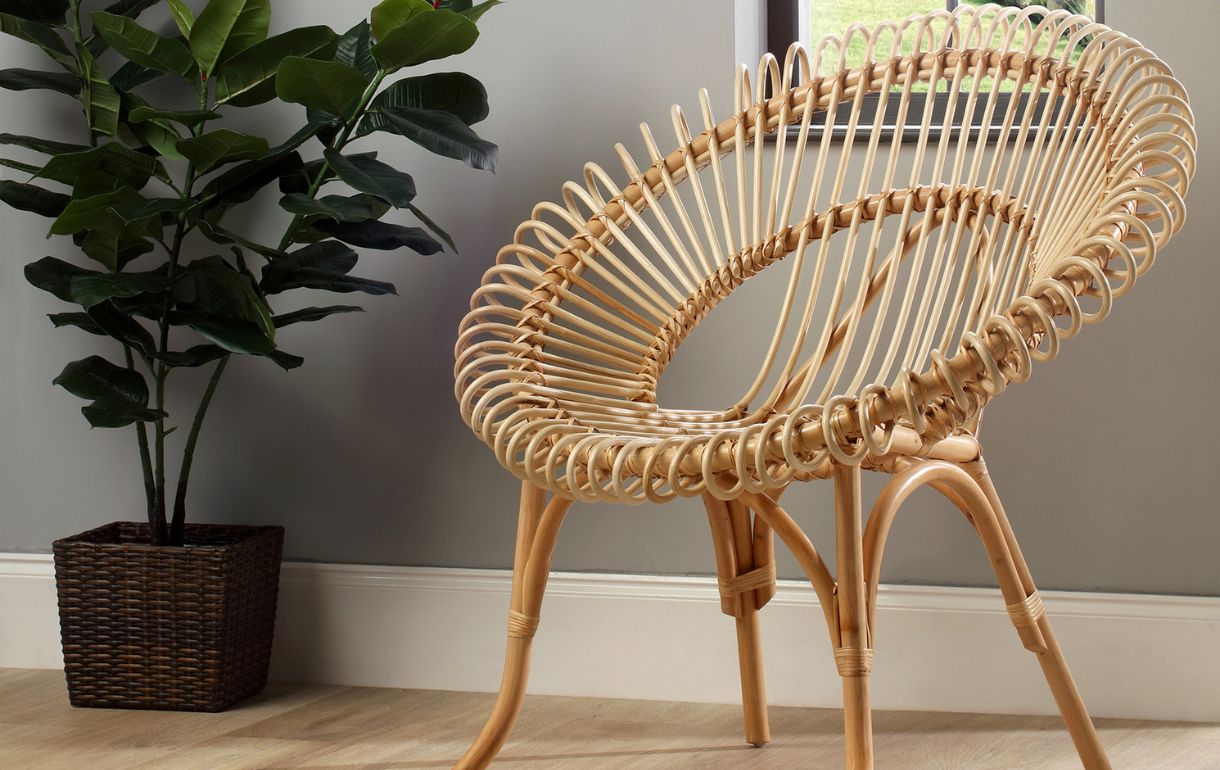
Cane conservatory furniture that catches the eye
The popularity of cane furniture for conservatories is easy to understand. It’s lightweight and natural-looking. Caring for it involves a simple cleaning and oiling routine, regularly, which will protect it and prolong its life.
Choose your cane furniture from JB Furniture because we sell premium quality brands that are easy to keep looking good for years to come.
--------------------
Have further questions about different types of garden tables we stock? Our friendly, knowledgeable team are always on hand to help, just give us a call or visit one of our showrooms in Wakefield or Newcastle.
About the Author

Chloe Shaw is a Garden Furniture & Conservatory Furniture Specialist with many years of experience working at JB Furniture. Chloe combines her deep knowledge of garden furniture trends with her talent for creating engaging and informative content. She loves sharing inspiration, design tips, and product insights to help readers transform their gardens and conservatories into beautiful and inviting retreats.












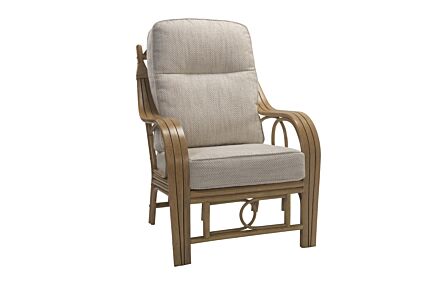
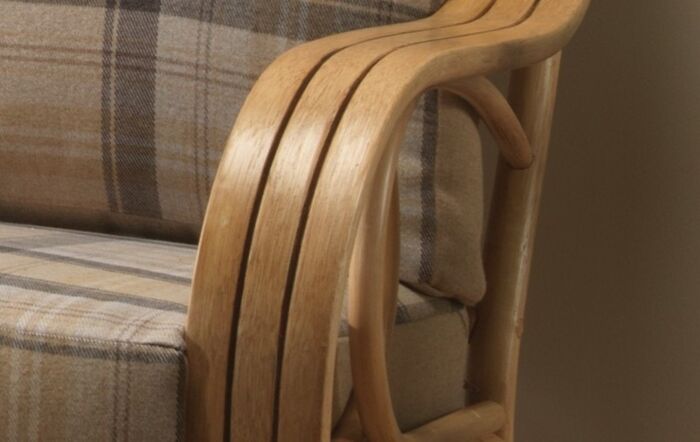
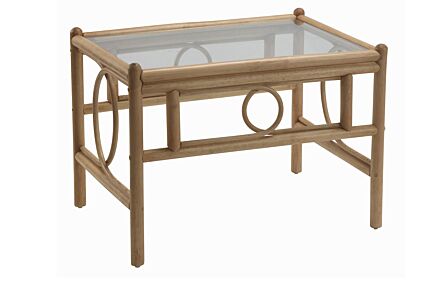

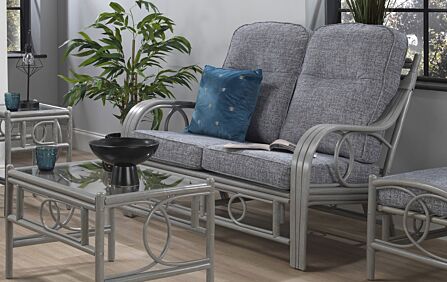
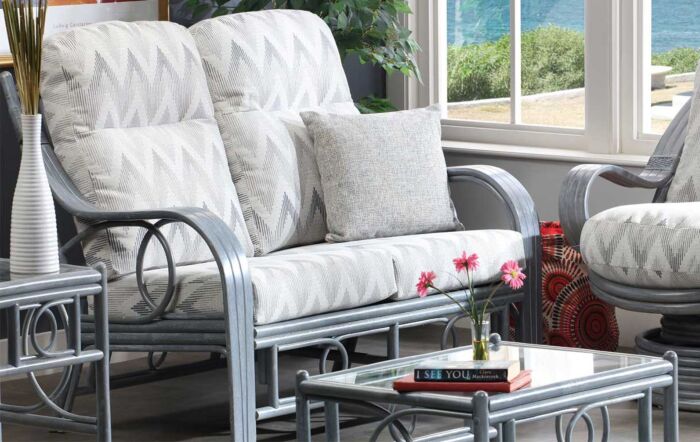
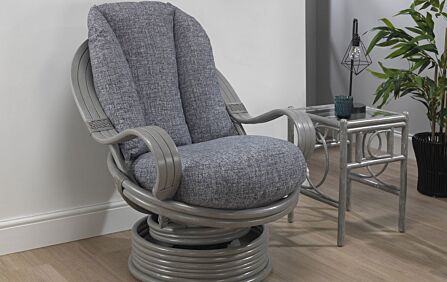
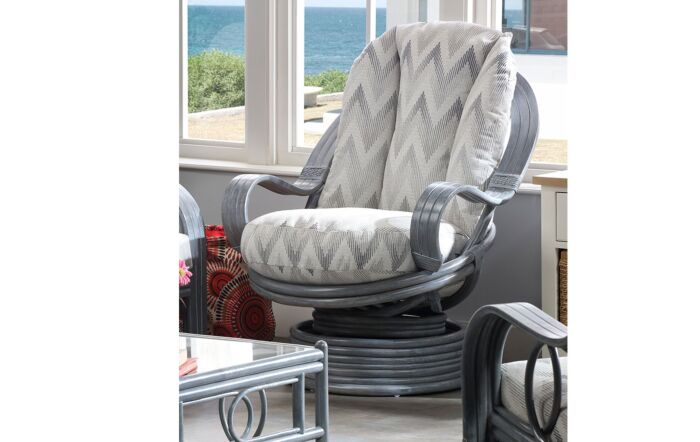
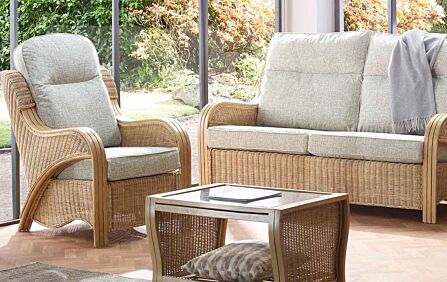
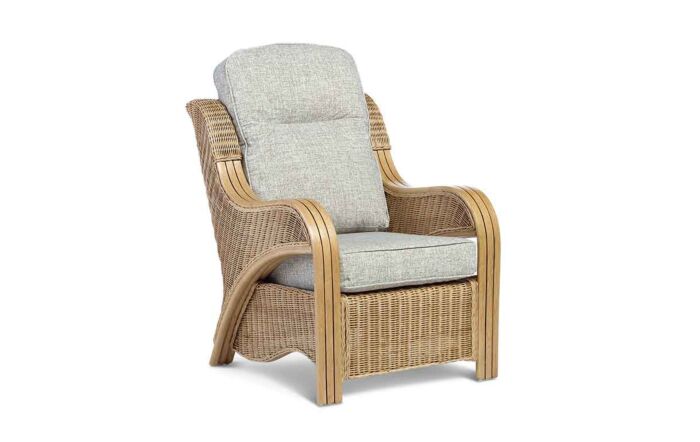
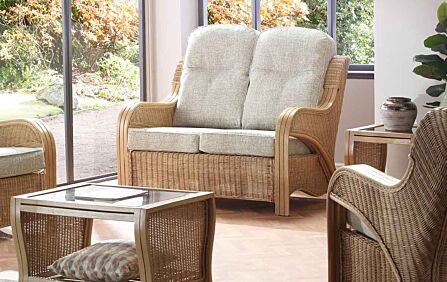
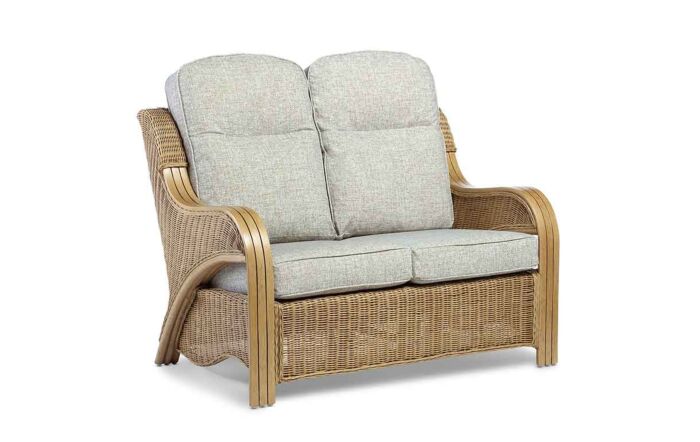
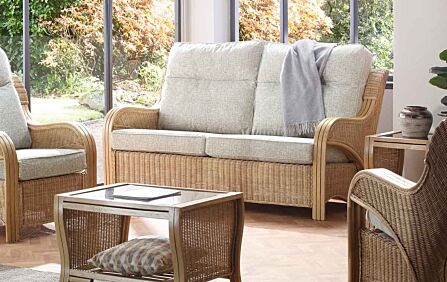
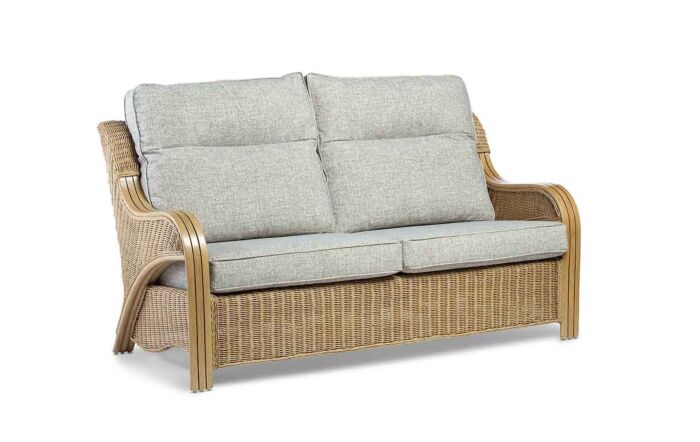
Login and Registration Form